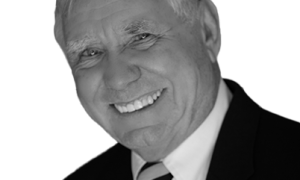About 47 million Americans lack health coverage. It's a huge problem. To their credit, both major presidential candidates have ponied up ambitious plans to deal with it. Their approaches are expansive and expensive. That's where the similarities end.
When it comes to the future of America's health system, John McCain and Barack Obama hold two very different visions.
The Obama health plan would centralize power in Washington. Increasingly, federal officials would hold the purse strings and make the decisions on health-care delivery.
The McCain plan would decentralize control over health-care financing and decisionmaking, empowering individuals and families. In the public health arena, states would retain authority rather than cede power to the feds.
In the case of both plans, some crucial details are sparse. But it's easy to spot the major differences in approaches taken by the candidates.
To expand coverage, Mr. Obama would take four major steps:
-- Create a new national health plan. The new government health plan would enroll those without job-sponsored coverage and those not eligible for coverage under existing government health programs, such as Medicaid and SCHIP.
-- Create a national health insurance exchange. The exchange would be the ultimate regulatory "watchdog," making sure that private health plans competing with the government plan met the same regulatory standards as those applied to the new federal health plan.
-- Impose a "play or pay" employer mandate. Employers would be expected to offer their workers a level of health coverage set by the government. Those who didn't would have to pay a new federal tax - of an unspecified amount - which would be used to help finance the new government plan.
Robert E. Moffit, Ph.D.,is Director of the Center for Health Policy Studies at The Heritage Foundation.
First Appeared in The Washington Times




